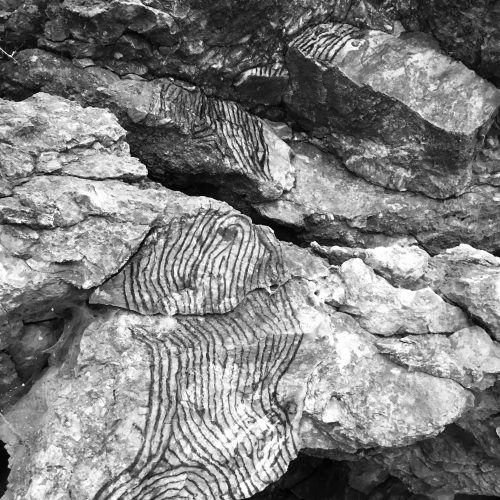
A cathartic critique
A tutor facilitated critique session with student peer group- HE6 Painting.
“We need to be honest with each other about what works and what doesn’t which we are sometimes more timid about because we don’t want to upset each other.” Naomi Incledon (N. Incledon, October, 2019)
When one of my HE6 Painting students Naomi Incledon, asked me to be involved in one of the group critique sessions, I automatically said yes. I had given Naomi a model to work from and I was intrigued how it was being implemented in their monthly meetings. Some crits can be seen as daunting, unpredictable, too long, too dominating and a little bit too nice (or so the students think.) But rest assured this was not the case. What do students want from a critique; direction, progress, ruthlessness, compliments?
The model; DESCRIBE (forget everything else, what are we actually seeing in front of us?), ANALYSE (what is important, what is good and what is bad?), INTERPRETATION (what can it be, mean, convey after being fed some facts?) JUDGEMENT (is it working?)
With these four headers, six students joined the crit session, some new, some familiar to each other. So it began….How do you start a critique? You can give information or you can keep shut. To give information, it may be necessary to inform the viewer so they do not miss the point, to say nothing lets the viewer have complete freedom with their own interpretations.
We started with Krystyna (on As3). She went straight in, gave us much information and why not? She was clearly involved in her work and there was a very personal connection to her current practice about ‘Sally’ who had passed away and the grieving process was one to be talked about. Does the viewer need to know all this information? Yes they do, in this case because it veered into more universal ideas of death, grief, confrontation. Yes the model jumped straight into interpretation but that was fine because as the maker, the work only existed with this background information. It asks the question to artists; how much information does the viewer need for the work to be communicated? Do we read the artist statement first then read the work?
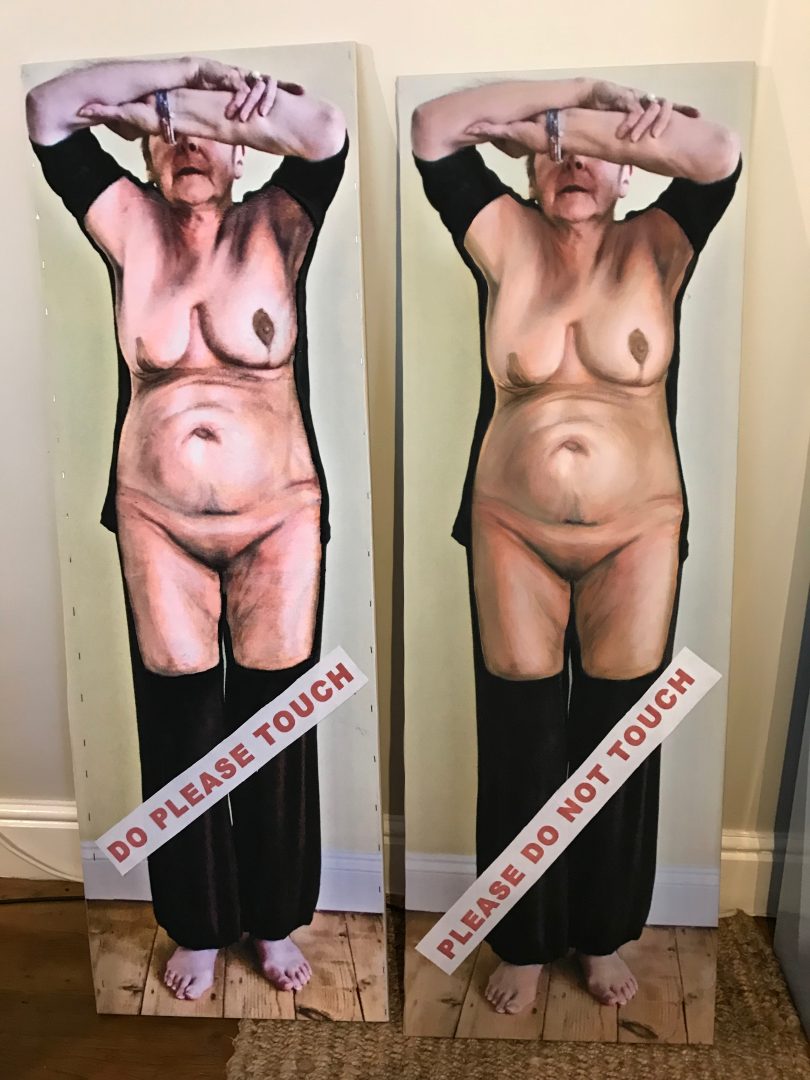
We moved onto Beverley (on SYP) who kept quiet intentionally, while we were faced with what looked like a mass of tangled hair swept up in a hairdressers, more hair and then a gentle piece of body hair thoughtfully displayed. Where do we start and who speaks first? We needed the model at this stage. We described it, we analysed it, we interpreted it and then we judged it at which point we needed the maker to come in to see if we had won the points and answered correctly. We were on the right lines and as Beverley discussed the concepts of the abject, we honestly agreed or didn’t- was it working or was it not and in what situation? Is this work in a white cube gallery, hairdressers or swept up in a corner of a room? How does the viewing platform transform the work and its appeal? An apt discussion for a SYP student.

Next was Naomi (nearly finished As5 and about to start SYP) Naomi had two specific questions for us to answer. Another way to start. At this point, everyone had a say and guesses were spurting out. “It reminds me of…. a historical site, the Primeval, Aboriginal….” We are always making connections with what we are seeing. We want to make sense of works by making it familiar. This is fine but they were all nice things…. I had to intervene, but what don’t we like? Sometimes we need to be ruthless and eliminate to progress.
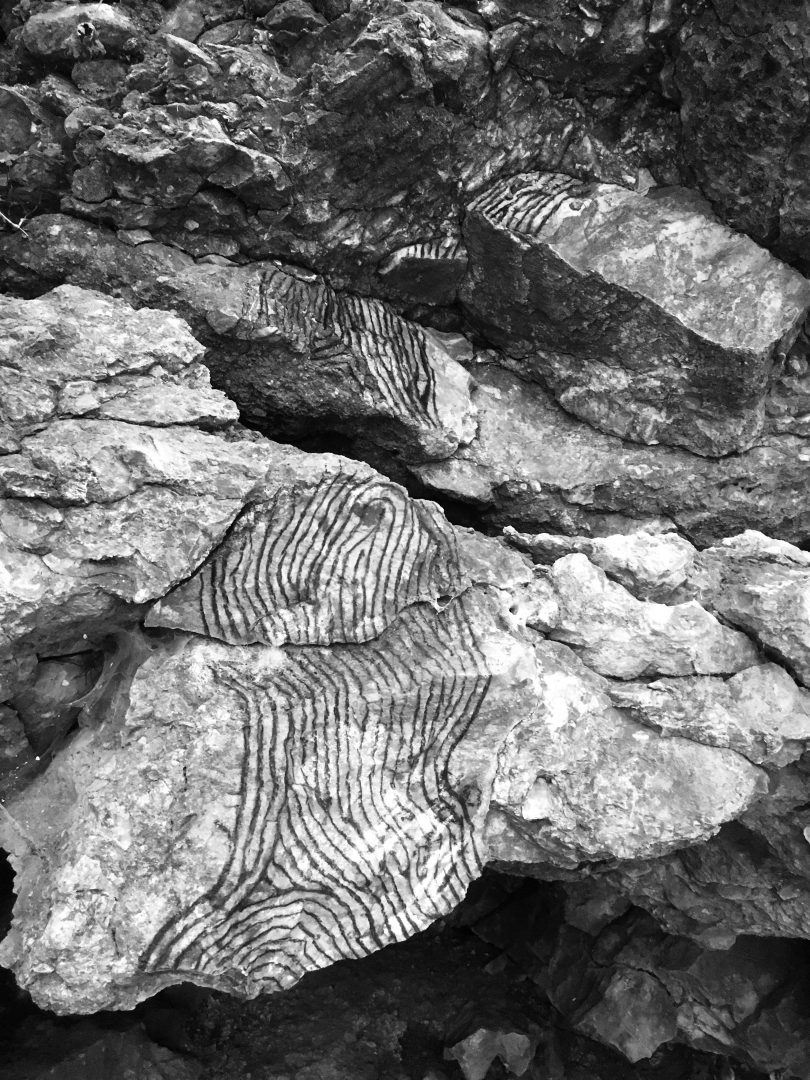
Rachel kept quiet (preparing As5). We kept quiet. Now this was an interesting turn. We could not simply describe, instead, we jumped straight into judgment- why? Because we didn’t know how long to look at the work for. Is the work instant or does it require time? Rachel is at a very interesting stage in her work as it is currently visual research. How much viewing does visual research demand if at all any? There are different entry points to her work and her collections touched all the headers without any particular order.
This became a discussion of our methodology, how do we gather, access sources, research and materials? It turned out Rachel was the quiet walker and Naomi was a performer with the outside world being her audience and Krystyna was a healer. Some are hunters, some are collectors, and some are journalists. By having these conversations about the work, the revelation of our working methods fuelled the input into the making. Did we predict this before the critique? Certainly not.
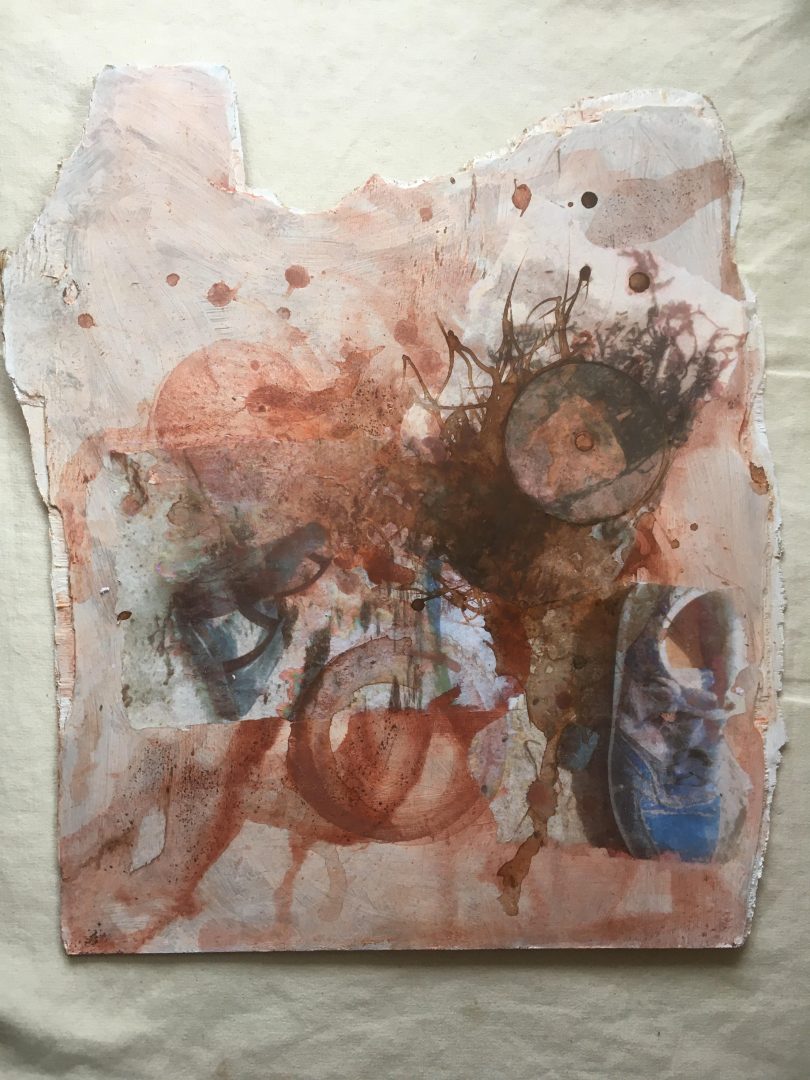
This was Geraldine’s first critique, (new to L3) She presented blind, and what are we actually seeing here? This was a tricky one but through our camaraderie (now that we knew each other) we were conversing more. It turned out, that being tricky in viewing work was a good thing, because the work is about erasure, transient, temporality, noise/sound of traffic and birdsong. It is about the in-between and behind the scenes. So to reverse the model was an alternative structure.
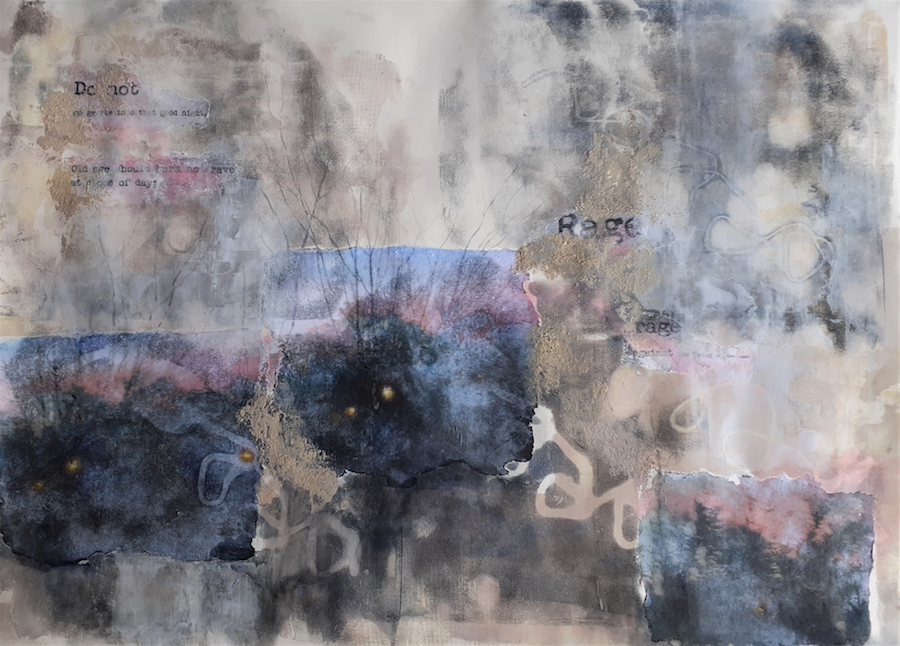
Wendy (start of L3) was also new to the group. She kept quiet too but when we saw her work, we saw ‘a baby in a box.’ We were silently laughing in the most polite way. This was a good hook into the work’s engagement through non-verbal communication. It did instigate humour and why not? Sometimes facial descriptions are enough for the time being. Wendy’s work does have a serious undertone but the ignorance was welcomed because otherwise it would have stifled our intuitive reaction so the heading of description was complete.
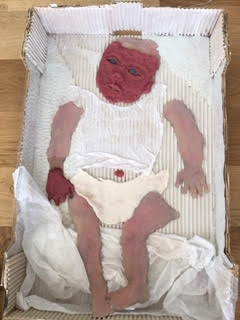
“The image represents imagined childhood memories of my emotional experience as a baby travelling overseas with my mother and three older siblings -from Canada to Belgium. A makeshift drawer became my cot.”
That was everyone and rather than a sigh of relief it was over, there was a buzz.
Yes group critiques are unpredictable but that’s the serendipitous nature of it all. They are not daunting but rather an adrenalin rush nor are they too nice but rather honest. Did the model work? Yes it did. Although it was mixed up for each individual, a guideline and structure was maintained. There does need to be a full stop when one person finishes and a new sentence when the next starts.
Start small when it comes to critiques and then it will evolve. The participant and the observer are equal- we may keep quiet, we may off load, rant, laugh, get confused or get enlightened but whatever the dynamics, there will be a way to move on. And within that there needs to be “fresh perspectives, making it safe to explore, make mistakes and try new things”
Thank you Krystyna Dembny, Beverley Duckworth, Naomi Incledon, Rachel Metcalfe, Geraldine Leahy, Wendy Healey and Naomi Incledon for initiating the session.
OCA are introducing group work sessions for all students across degree subjects. To find out more and to get involved please visit the OCA discuss forums.
|
|





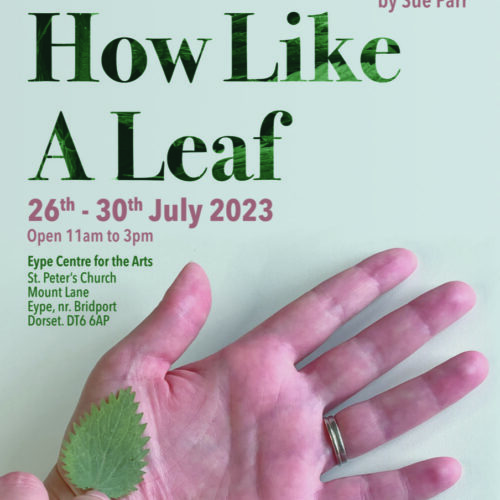
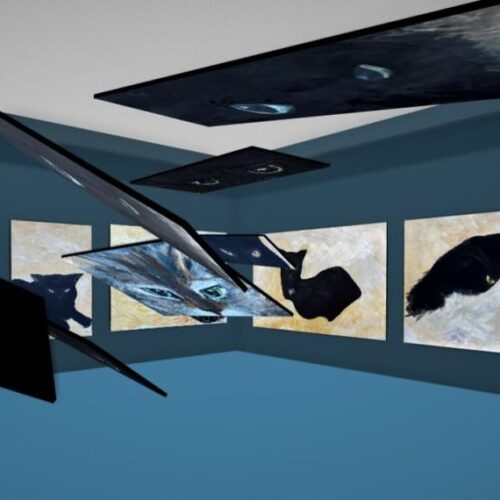
As a newcomer to Level Three, I found this critique very useful. This was my first crit session and it was interesting to see such diverse work from other students. It was also helpful to see how others interpreted my work. I have since taken part in another session and I would highly recommend them. Thanks to Diana for facilitating!
Geraldine
This sounds like a great event and the structure is one worth rolling out. Nice to read about students getting stuck in…